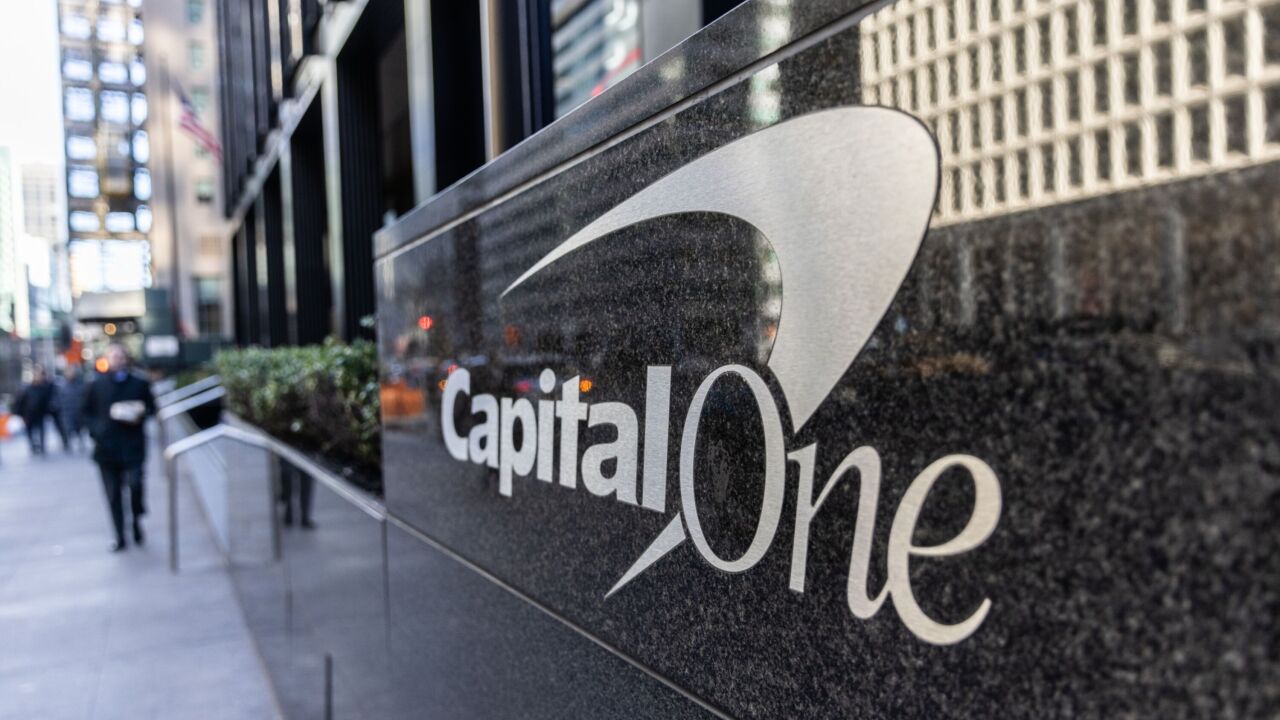
Bank of America's first-quarter profit beat estimates after its fixed-income traders delivered a windfall large enough to cover rising credit-related costs.
Revenue from fixed-income, currencies and commodities trading unexpectedly rose almost 30% to $3.4 billion in the first quarter, the highest in a decade. That was driven by improved performance in mortgage, credit and municipal products, and increased secured-financing activity for clients, the bank said Tuesday.
"This is a good year for the macro products — that's done very well," Chief Financial Officer Alastair Borthwick said on a conference call with reporters. The first three months of the year also saw positive returns in credit markets overall, so Bank of America's business was "firing on all cylinders."
Overall, the bank's traders beat estimates, with revenue up 9% to $5.1 billion. Equities posted a 19% decline to $1.6 billion in a quarter that saw dramatic market swings tied to rate hikes, surging inflation and recession fears.
Separately, net interest income, a key source of revenue for the bank, rose 25% to $14.4 billion in the first three months of the year. Analysts had expected a 24% increase for NII, the revenue collected from loan payments minus what depositors are paid.
The results offer another look at how Wall Street fared through a tumultuous quarter that saw the collapse of three smaller, regional lenders. Last week, JPMorgan Chase, Morgan Stanley, Citigroup and Wells Fargo all posted gains in net interest income, with some also raising their forecasts for the rest of the year.
Shares of Charlotte, North Carolina-based Bank of America, which were down 8.3% this year through Monday, rose 2.1% at 8:26 a.m. in early New York trading. Net income rose 15% to $8.16 billion, or 94 cents a share. Analysts had expected 82 cents a share.
Deposits fell less than expected as customers piled into the biggest U.S. bank after the collapse of three smaller firms. The lender had $1.91 trillion of deposits at the end of March, down about $20 billion from the end of 2022 but higher than analysts' expectations of $1.88 trillion. That means that an influx of clients seeking safety countered outflows from inflation and customers seeking higher-yielding alternatives. Bank of New York Mellon also reported total deposits for the end of the quarter that beat analysts' estimates.
Bank of America's noninterest expenses rose 6% from a year earlier to $16.2 billion. Costs have been a focal point for investors, with persistent inflation putting pressure on spending and spurring wage growth.
The firm added $931 million to its loan-loss reserves, up from $30 million a year earlier while less than the $1.18 billion analysts expected. The build was driven primarily by higher-than-expected credit card balances, while net chargeoffs also increased, to $729 million, driven by cards as well.
Bank of America's increase in lending income helped counter a continued slump in deals. Investment-banking revenue, excluding self-led deals, fell 20% to $1.2 billion but fared better than analysts expected as the same market tumult that drove trading up muted dealmaking. Fees for advising on mergers and acquisitions declined 23%, and revenue from equity and debt issuance dropped 25% and 23%, respectively.
At the same time, the company's loan balances rose 5.4% to $1.05 trillion at the end of the first quarter. Lending has been a key focus for investors, with government-stimulus payments undercutting borrowing by companies and consumers during the pandemic, and rising interest rates now making loans costlier.






